Wounded civilians and Soldiers lay across the lawn and on the stairway in front of Johnson Barracks at Natick Soldier Systems Center.
Minutes later, the U.S. Army Garrison-Natick police arrived, followed by a procession of ambulances as the victims called out for help.
Fortunately, the wounds were simulated, and the entire scene Sept. 23 was part of an exercise to test USAG-Natick's response to a mass-casualty event.
The scenario involved one shooter who wounded a number of people and then turned the weapon on himself. The exercise centered on the evacuation of casualties.
"So, where we started the exercise was, OK, the shooter's dead," said Stephan Chromiak, the post's force protection officer. "So, we really weren't concerned with chasing down an active shooter or anything like that."
Instead, the casualties became the focus.
"That's where the first responders started to come in," Chromiak said. "That's where the installation police started to roll in and activated the emergency operations center. That, in turn, got the ambulances rolling."
It was all part of a larger anti-terrorism exercise held annually at USAG-Natick.
"There are several components to the annual event that can be broken down over the course of the year," Chromiak said. "What we're doing this year is testing each of those components and putting all those components together and testing them in one large exercise, probably in May."
Ambulances from Marlboro Hudson Ambulance Service arrived to transport casualties to a notional hospital at the Lord Community Center.
"Because there wasn't enough ambulatory support to handle all of the casualties, we looked for an alternate means of transport, which came from the installation itself," Chromiak said.
Additional manpower was also needed.
"We had some bystander military personnel that, in a real-life situation, they would be put to work," said Matt Supernor, a paramedic with Marlboro Hudson, who recruited them on the spot. "We didn't plan that."
Supernor said it was his first experience working an exercise with USAG-Natick.
"Actually, I thought it went fantastic," Supernor said.
"What you should know is that the success of these exercises depends on the involvement and professionalism of all the components," said Chromiak, "all the directorates and garrison elements working together to make it a success."
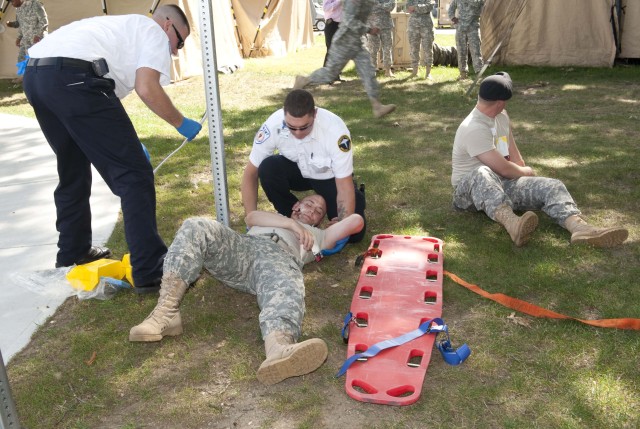
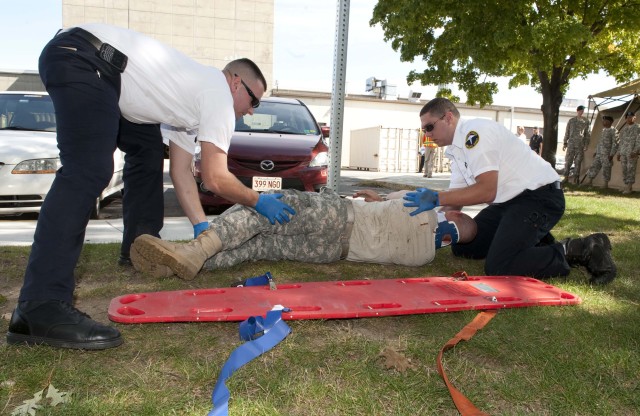
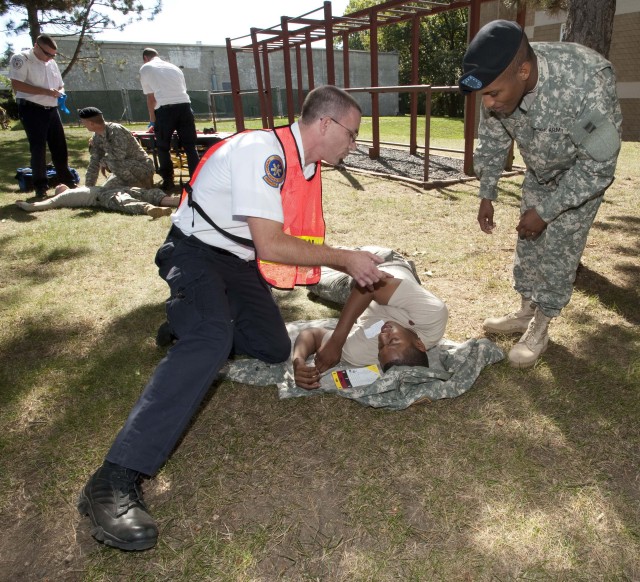
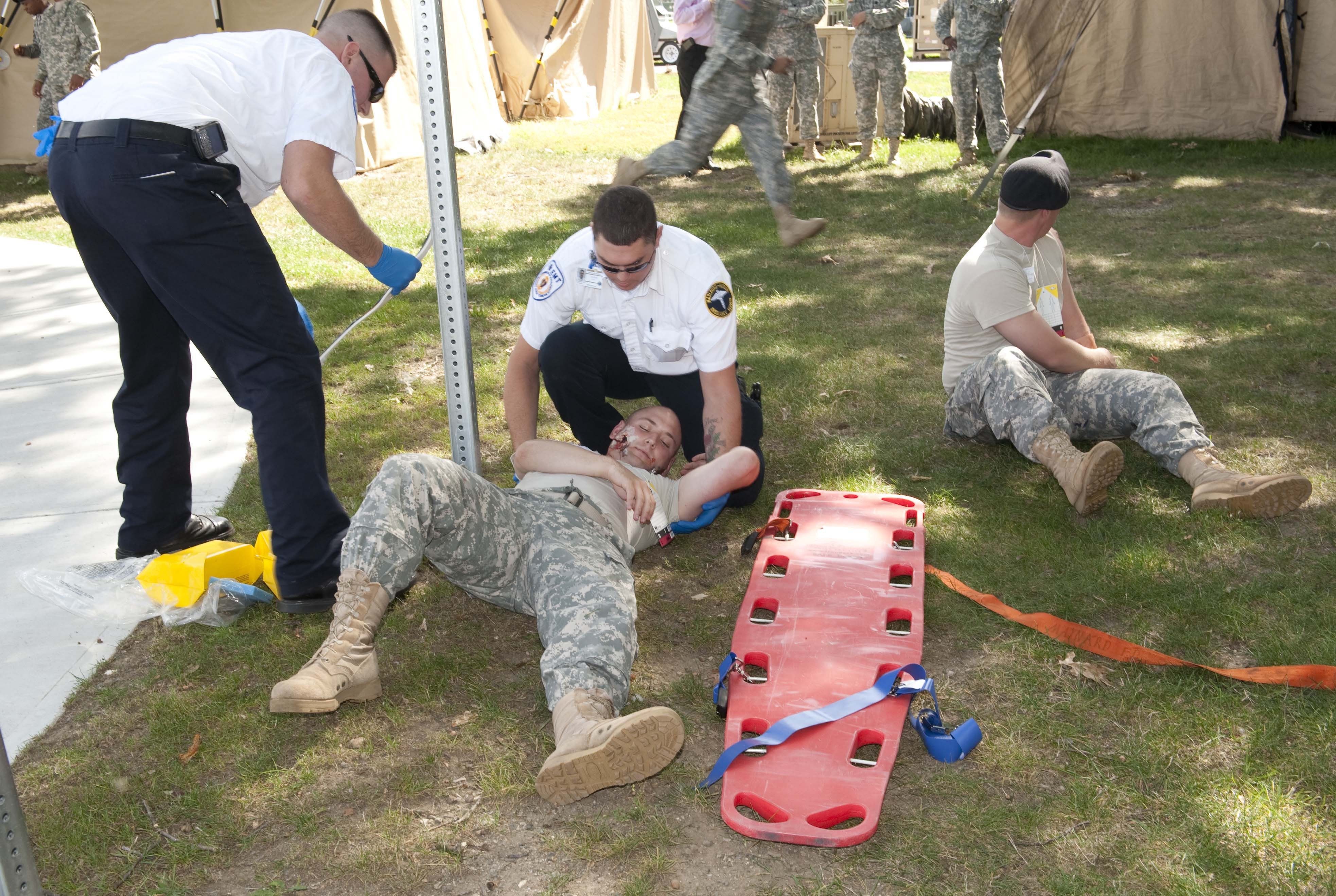
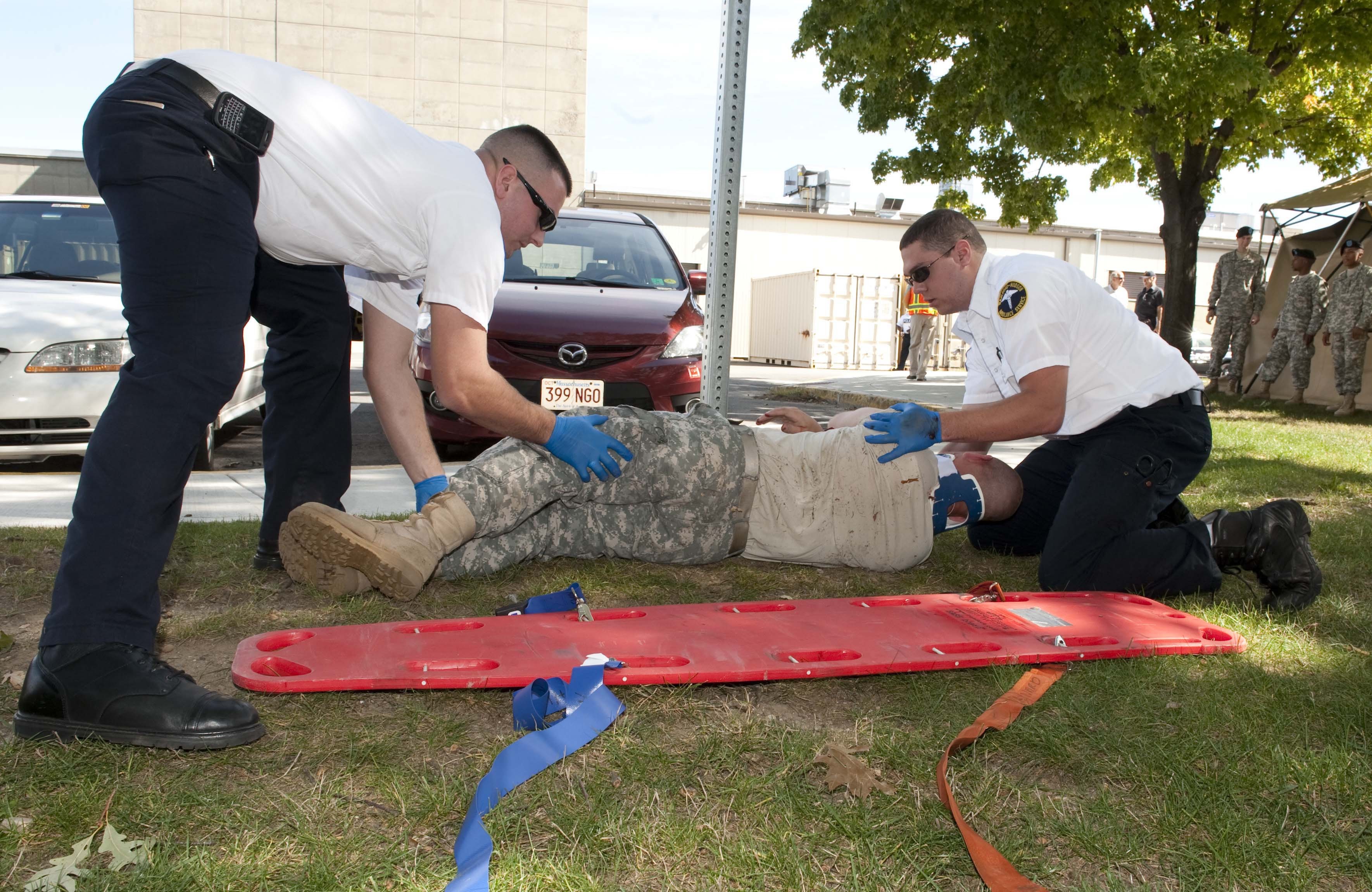
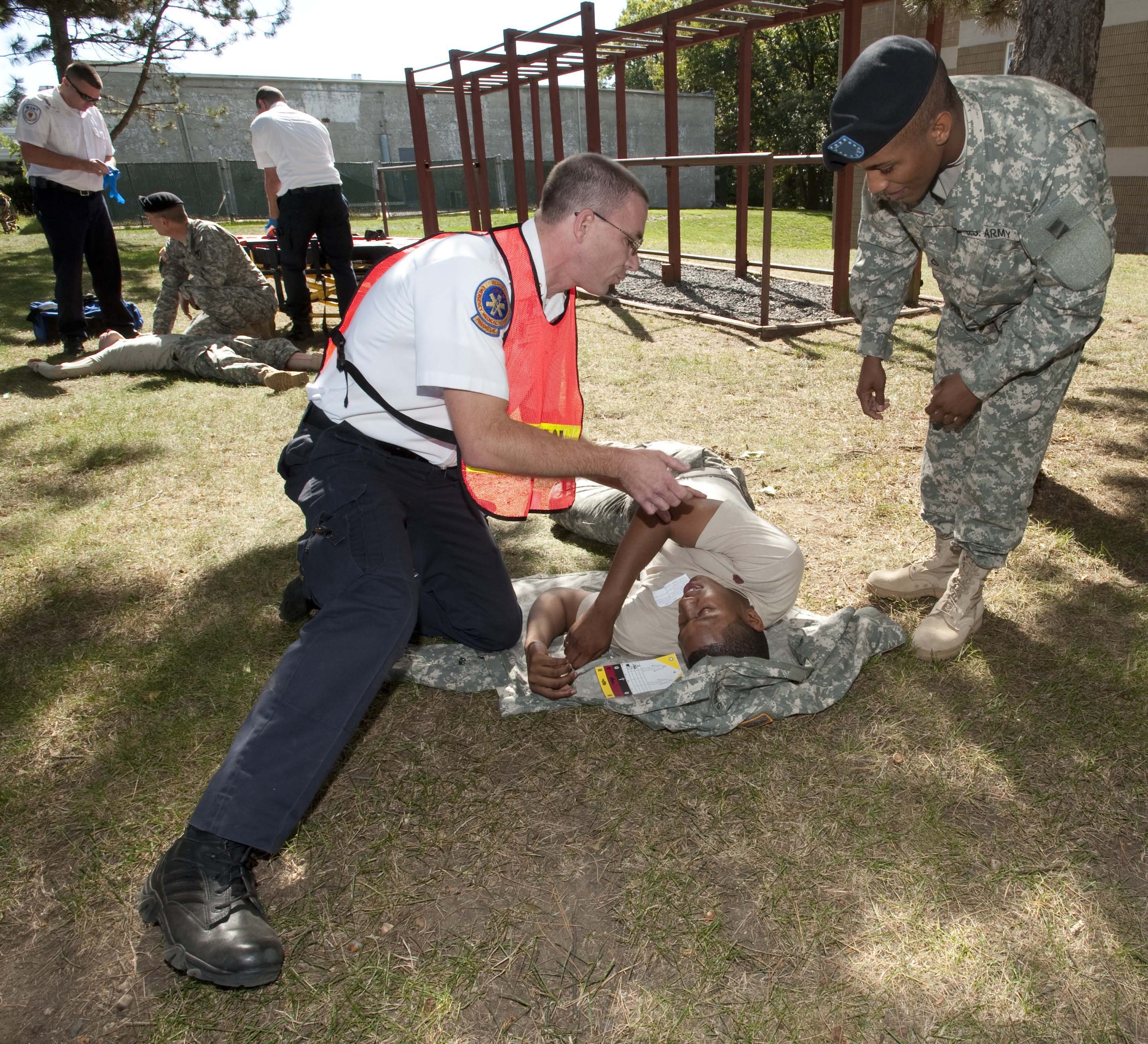
Social Sharing